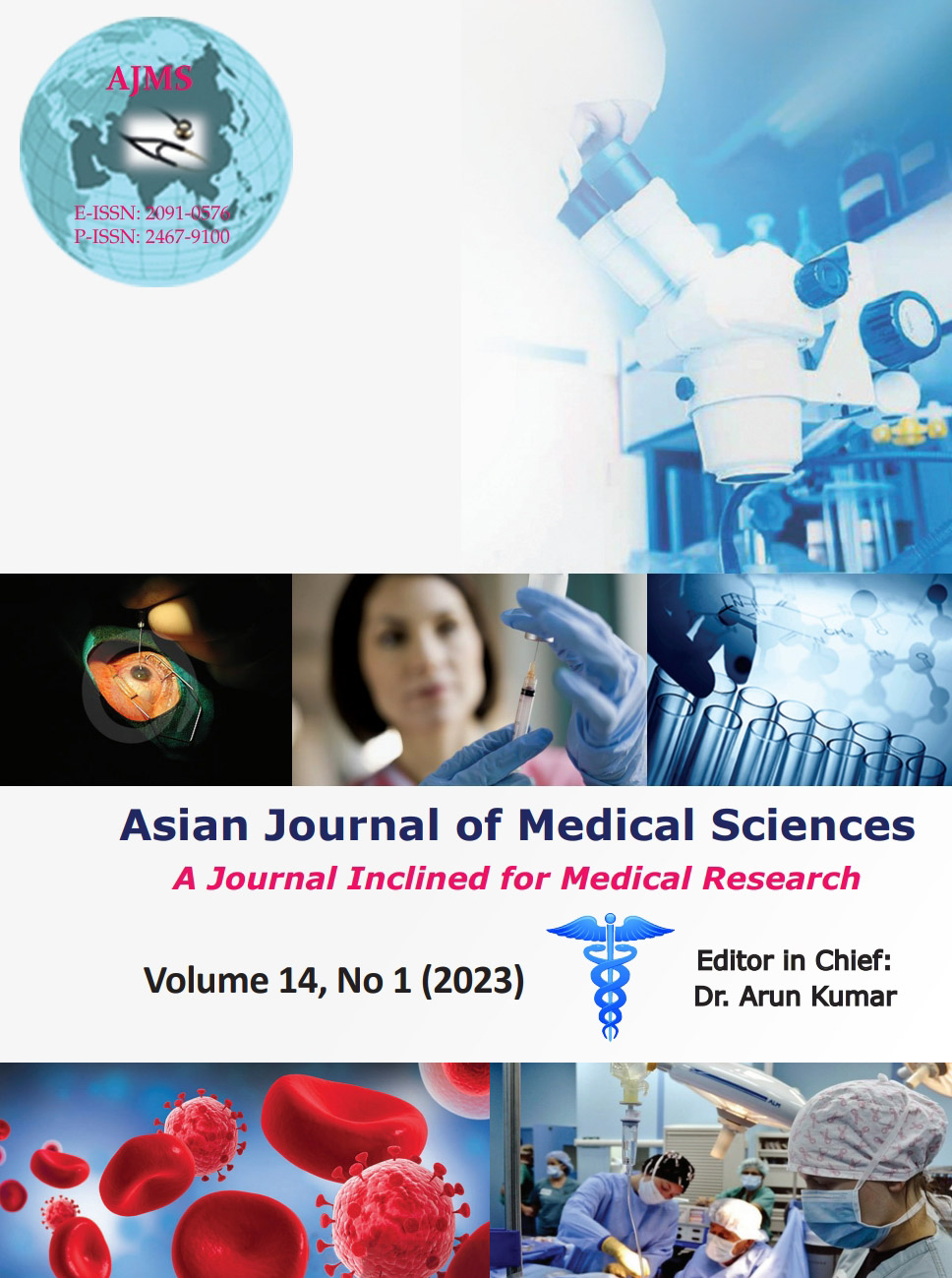Antimicrobial resistance - the time for regulatory enforcement before it becomes too late
Keywords:
Antimicrobial resistance; Morbidity; Mortality; Awareness; Blatant misuse of antibioticsAbstract
A century back, antimicrobials heralded a revolution in the treatment of infectious diseases. The leverage gained through years of research led to discovery of powerful antibiotics that changed the course of human civilization. In recent times, however, a well-known phenomenon antimicrobial resistance threatens to sabotage the decades of medical “miracle” observed with antibiotics.
The threat of antimicrobial resistance (AMR) loom like the “sword of Damocles” and threatens to inflict irreparable damage to health and lives of people. The current worldwide annual death toll due to the notorious drug-resistant organisms is 7 lakhs and could jump to 1 crore annually in the current scenario by the middle of the century.
The situation is so grave that the mortality and morbidity associated with antimicrobial resistance has brought it to the same footing as ischemic heart disease, cancer, and diabetes. We are sitting on a ticking “time bomb” that can repulse mankind to the medieval era vulnerable to the microscopic flora and fauna. Current plans to contain antimicrobial resistance and develop new and effective antimicrobials lies behind the rapid pace of development of antimicrobial resistance.
Most of the control measures have been directed towards spreading awareness and educational programmes about rational and proper use of antibiotics. The programmes have tested some success in closed environment of institutions and small geographical limits. However, in real world, there is rampant, excessive, and unregulated use of antibiotics in the society. The situation is worse in developing countries where lack of access to basic health services makes the population vulnerable to exploitation by unqualified practitioners using unscientific methods.
It is a universally recognised phenomenon that the magnitude of consumption of antibiotics bears a temporal and geographical relation with antimicrobial resistance. In our society, most of the antibiotics including the topmost in hierarchy are available as over the counter drugs. There is blatant misuse of antibiotics not only by the so called “quacks” and general public, but also by qualified medical practitioners who in the absence of a universal antibiotic policy and standard regulatory instructions fail to discern the thin line between use and misuse. A new efficacious antibiotic takes 10 years and 1 billion dollars to come into medical use, but years of labour and stacks of money goes into the drains due to negligence and practice of ignorant souls.
The preservation of efficacy of existing armamentarium of antibiotics appears to be the single best measure to succeed in the war against antimicrobials. Years of educational interventions have shown little success in abating the menace and antimicrobial resistance have moved from the terminologies of multidrug resistant to extended drug resistant and Pan-drug resistant. In the crisis period, a standard practise guideline for antibiotic prescription with a legal framework and penal measures is the need of the hour. We have a very strong regulatory system for manufacture, distribution, prescription, and sale of narcotic drugs.
The system with legal repercussions has effectively been able to control the abuse and misuse of narcotic drugs. A similar regulatory system for antimicrobial use must be brought into place before things get out of control. The world has moved from the era of paper letters and post office to an information age where data is transmitted and disseminated at the click of a mouse or touch of a fingertip. During the COVID pandemic, we all have seen how information technology can make communication and planning possible on a global scale. Any system can be evaluated, monitored, and enacted through a centralised control.
A developing nation has many restraints but the interests of all sections of society can be preserved through a transparent and robust web-based system. Vigilance must be implemented over the distribution and sale of antibiotics. A uniform antibiotic policy can be followed on a national scale. Higher antibiotics should be restricted and sale should be regulated within the ambit of the framed guidelines and regulations. Penal measures should be taken when the regulations are violated. Collaboration and coordination between all stake holders are desirable. Awareness and regulation must go hand-in hand to make the initiative viable. It is always good to start on a new journey for a noble cause and the journey to save mankind from the onslaught of the deadly microbes must be started immediately, lest it becomes too late.
Downloads
Downloads
Published
How to Cite
Issue
Section
License
Copyright (c) 2022 Asian Journal of Medical Sciences

This work is licensed under a Creative Commons Attribution-NonCommercial 4.0 International License.
Authors who publish with this journal agree to the following terms:
- The journal holds copyright and publishes the work under a Creative Commons CC-BY-NC license that permits use, distribution and reprduction in any medium, provided the original work is properly cited and is not used for commercial purposes. The journal should be recognised as the original publisher of this work.
- Authors are able to enter into separate, additional contractual arrangements for the non-exclusive distribution of the journal's published version of the work (e.g., post it to an institutional repository or publish it in a book), with an acknowledgement of its initial publication in this journal.
- Authors are permitted and encouraged to post their work online (e.g., in institutional repositories or on their website) prior to and during the submission process, as it can lead to productive exchanges, as well as earlier and greater citation of published work (See The Effect of Open Access).




